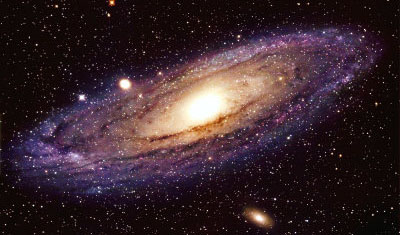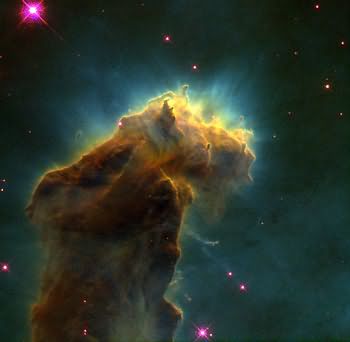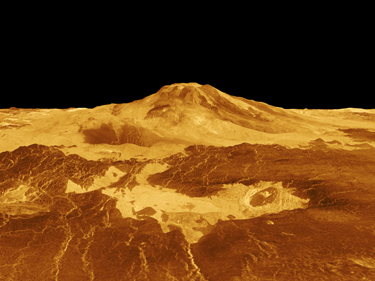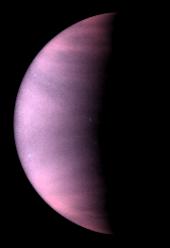Venus
Venus is the second planet in our Solar System. Some people call Venus Earth's sister because it is similar in size. It is only 656 km smaller than Earth, and is the nearest planet to Earth. Venus is the brightest object in the night sky, next only to the Moon and Sun.
Venus is a very dangerous planet. No human has ever walked on the surface of Venus, and most likely never will. Venus has a layer of clouds 30 km thick. On the
surface of Venus temperatures can reach 464°C. This is because the clouds trap the heat inside the atmosphere. The clouds surrounding Venus contain sulphuric acid, which was released by erupting volcanoes on the surface of Venus.
The pressure on Venus's surface is 100 times the pressure of Earth's surface. This is strong enough to crush a submarine.
Venus is a planet covered with volcanoes. There are over 50,000 small volcanoes, and as many as 160 that are over 100 km in diameter. Heat builds up under Venus and eventually the whole planet erupts. This process takes millions of years and there is no evidence of the planet being active today.
In 1970, the Soviet spacecraft Venera 7 landed on Venus, becoming the first spacecraft to ever land on another planet. It, like the other spacecraft sent to Venus, was destroyed shortly after it landed by the high temperatures and intense pressure.
Distance from the sun |
108,208,930 km |
Gravity |
8.87 m/s² 29.1 ft/s² |
Circumference |
38,025 km 23,627 miles |
Radius |
6,051.8 km 3,760.4 miles |
Mass |
4,868,500,000,000,000, 000,000,000 kg |
Surface Area |
460,200,000 km² |
Lengh of Day |
5832 Earth hours |
Length of Year |
224.7 Earth days |
Temperature Min/Max |
462 °C |
Atmosphere |
Carbon Dioxide, Nitrogen |






